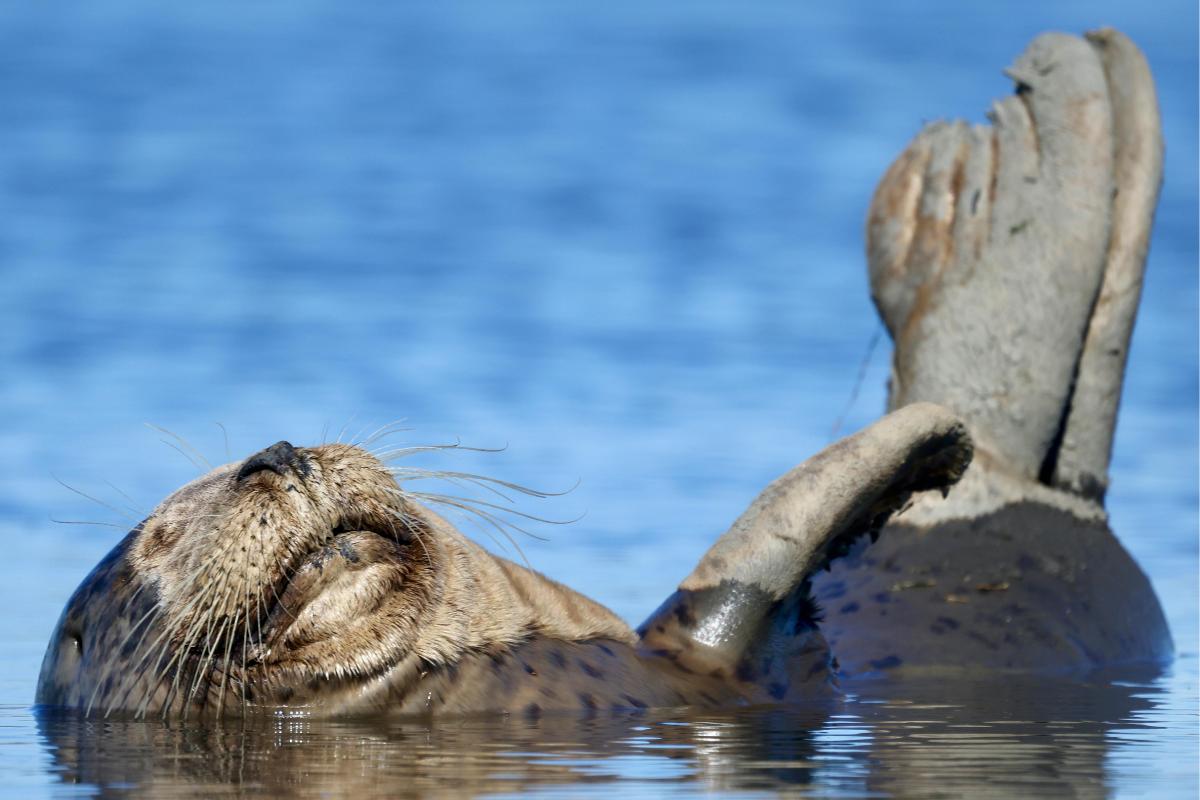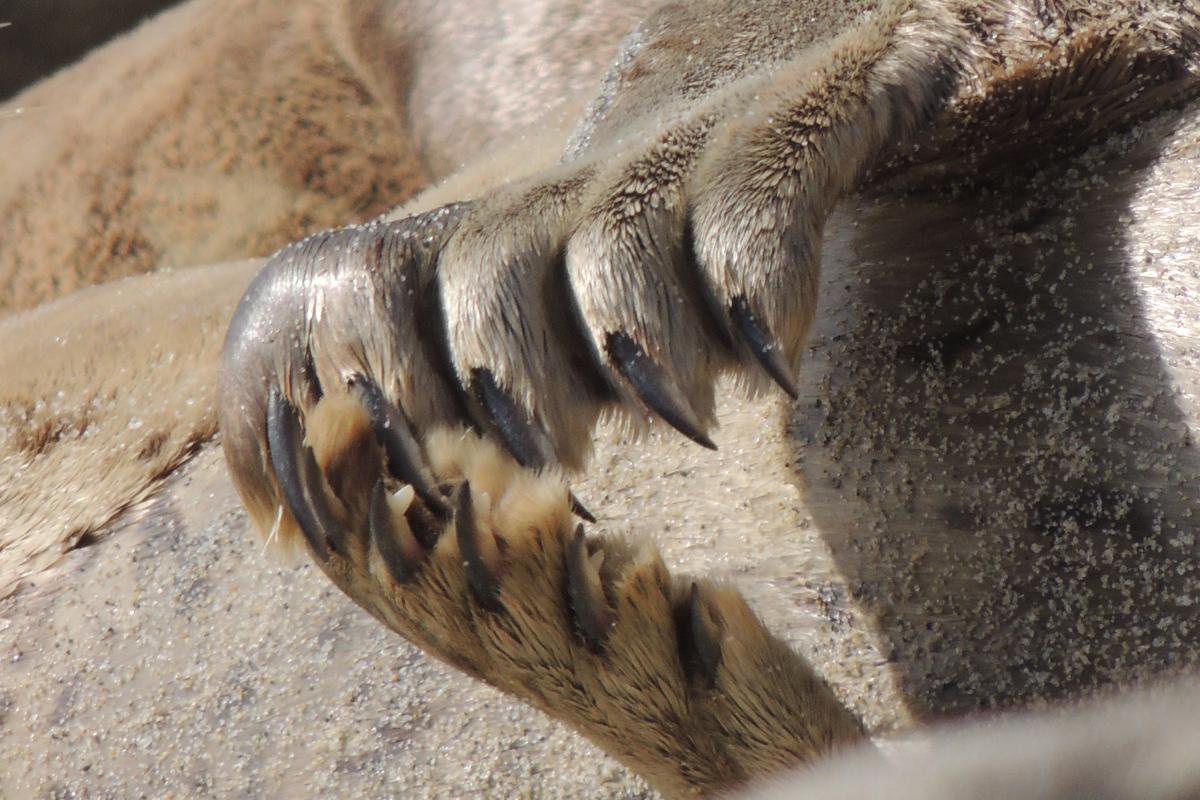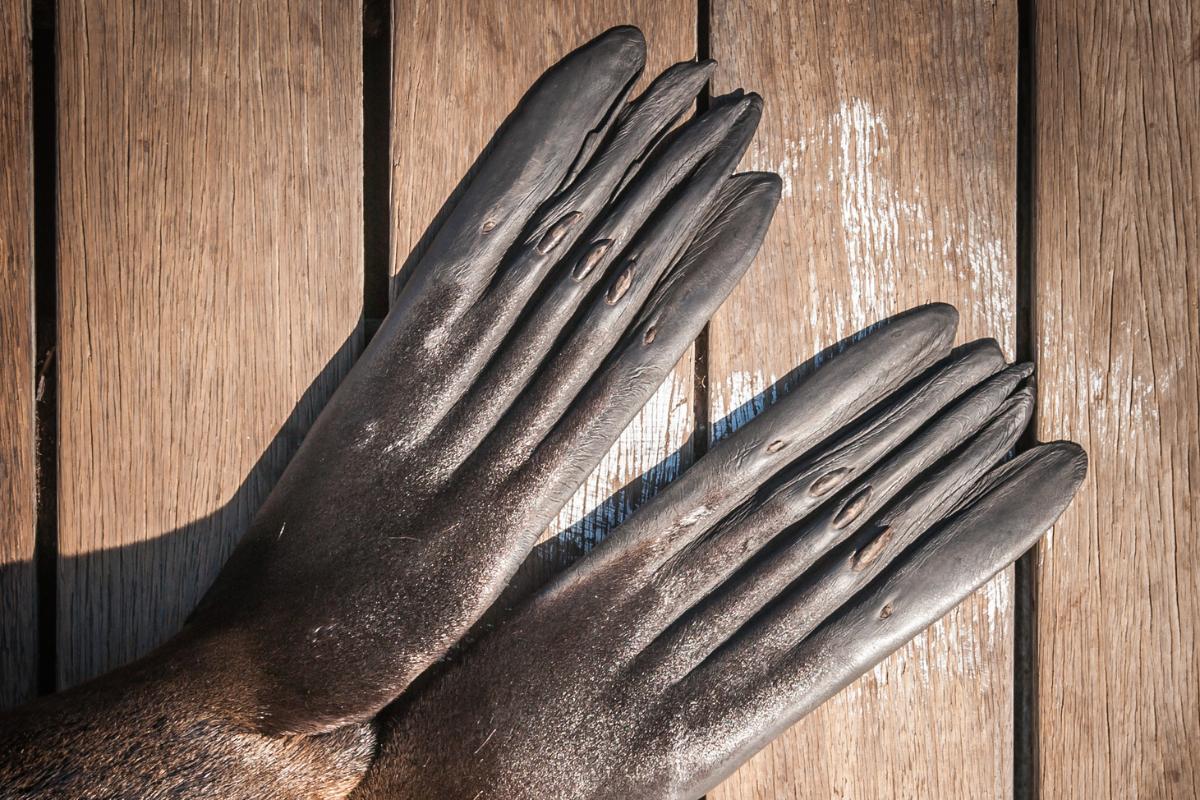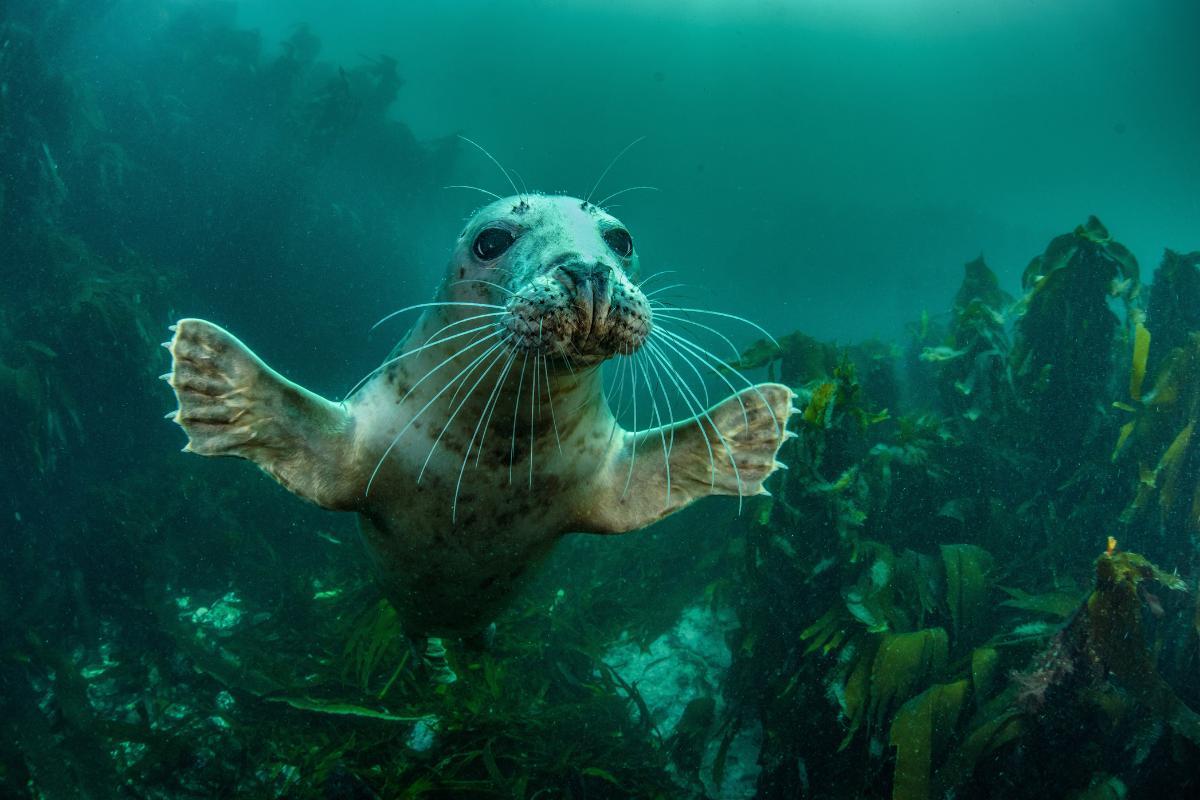Do Seals Have Claws on Their Flippers?

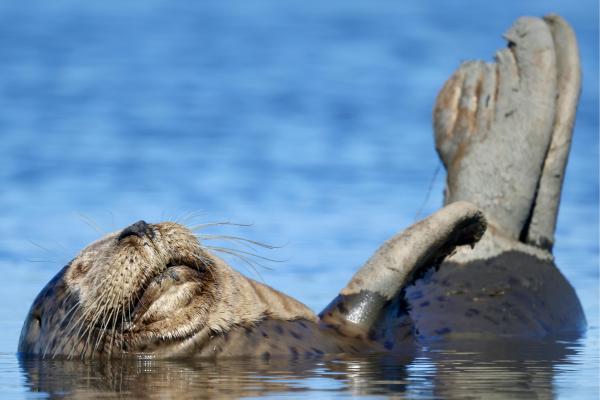
Seals are aquatic mammals that live in both marine and freshwater environments. To survive in the water, they have various evolutionary adaptations to make them adept swimmers. One of the most obvious is their flippers. While some may wonder if seals have paws, the answer is not any more. Seals are also known a pinnipeds, aquatic mammals which evolved from carnivorous terrestrial animals. This resulted in flippers evolving from paws. Due to this evolutionary trajectory, seal flippers are modified in a very specific way.
We learn more about seal flipper anatomy as AnimalWised asks do seals have claws on their flippers? In addition to the anatomical features of seal flippers, we discover why they are so well adapted and what seals use their claws for.
Do seals have flippers or paws?
Seals are a varied group of aquatic mammals which are also known as pinnipeds. Although there can be great variety between each species, they are all considered types of seals. Some of them are known commonly as seals, but they also include walruses and sealions.
While the majority are marine, all seals are aquatic. This does not mean they do not also spend time on land. Swimming uses up energy, so resting on the land allows them to regulate temperature and rest for periods. They will often do so en masse, being generally considered to be social animals. In order to both swim in the water and move on land, they have certain physical adaptations.
Instead of legs, seals have modified limbs known as flippers. These are not the same as fins on a fish. While they allow for locomotion in the water, they also allow them to move along terrestrial ground. This is thanks to having the same basic bone structure as their terrestrial mammal forebears.
Unlike animals with jointed legs, such as dogs or cats, seals have limbs adapted for swimming. Their bones are shortened and are covered by a thick layer of connective tissue. Blubber helps them to retain heat in often freezing conditions and tough skin further protects them from the elements.
All seals have flippers, but not all are the same in each species. There are key differences in terms of mobility. True seals of the family Phocidae have stiff and backward-pointing hind flippers. This makes them clumsier on land but incredibly efficient underwater.
Sea lions can rotate their hind flippers forward, allowing them to move more nimbly on land. This distinction is crucial to understanding how different species have adapted to their environments.

Do seals have claws?
While their size and appearance can vary according to species, all seals have claws. Claws are a a trait which evolution has deemed wise to maintain. This means they must serve some use, even if certain seal species use them more than others.
Seal claws are at the end of their flippers. This is because they are evolved from the paws of their terrestrial ancestors. As with claws on a land mammal paw, seal claws have various uses. They include:
- Movement: while flippers allow seals to glide gracefully in the water, they are not as good at allowing locomotion on land. Claws on a seals flipper help them to get traction on the ice, similar to crampons we may put on our shoes. They also help to drag their often large bodies across rocky areas.
- Feeding: while they are not as dexterous as other aquatic mammals such as sea otters, seals can use their claws to manipulate food. They can help to tear at fish or hold them down as they are eating.
- Grooming: having claws can be very useful when there is an itch to scratch. They can also use claws to remove dead skin or remove parasites, although they can also do this with their teeth. Self-grooming is of vital importance as it helps to maintain hygiene and overall health.
- Territoriality: seals can be very competitive during breeding season. Every little helps to show dominance over a rival and claws can come in handy when fighting.
Seal claws can be useful, but it is important to know they are not as important as they are for other animals. This is because seals have evolved not to rely on them as much. Some species will use them more and others less. Hind flippers may also not always be as useful as fore flippers, although both help with locomotion on land.
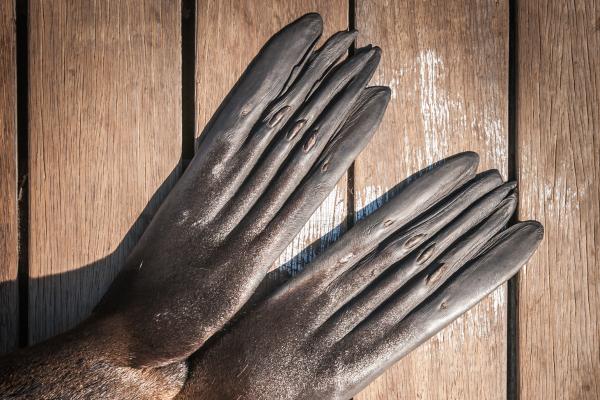
How many flippers do seals have?
Seals have four flippers in total:
- Two forelegs (pectoral): these are short and flat, equipped with small claws that help them grip the ice or manipulate prey. These limbs function like oars, providing maneuverability in the water.
- Two hindlegs (pelvic): these are longer and are joined by a membrane that acts as a rudder, allowing rapid movements and changes of direction. Their claws are often not as exposed.
In species such as the leopard seal (Hydrurga leptonyx), the front flippers are proportionally longer. They can even be up to a third of their body length, giving them an advantage when hunt agile prey such as penguins or fast-moving fish. In contrast, seals that inhabit calmer waters have shorter flippers that are equally efficient at navigating rocky coastal environments. This is the case with the harbor seal (Phoca vitulina).
Learn more about seal habitat with our article asking what animals live in the South Pole?
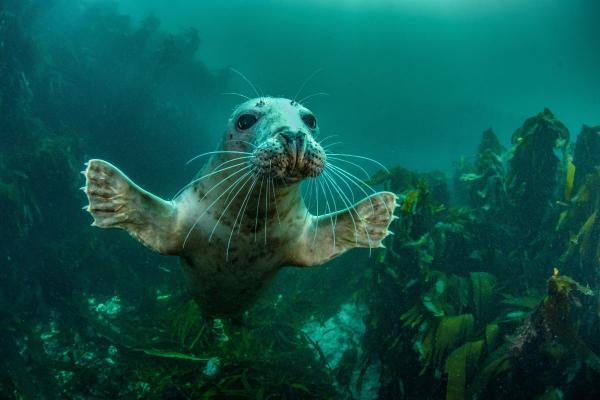
What are seal claws like?
Seal flippers are not simple, flat appendages. They are complex structures designed to maximize efficiency in the water. Their skeleton contains bones homologous to those of other mammals, such as the humerus and femur. These bones are shortened and reinforced to withstand the pressure of swimming. The skin covering them is remarkably thick, especially in Arctic species, where it acts as thermal insulation.
A fascinating aspect is their circulatory system. Their fins contain networks of specialized blood vessels that regulate body temperature. In icy waters, they reduce blood flow to the extremities to conserve heat, while in warmer climates they increase circulation to release excess heat.
Seal claws also maintain the basic structure of mammalian digits. For seals, they have five digits with claws, similar to the paws of land mammals or even our own human hands. As with other nails, seal claws are made of keratin. Also akin to our own nails, seal claws grow continuously throughout their lives. This requires them to keep them conditioned by rubbing them on rocks and other hard surfaces.
Some seal species have claws with serrated edges that allow them to filter krill from the water. This is present in the crabeater seal (Lobodon carcinophaga), demonstrating how these structures have adapted even for feeding purposes. Studies from seal claws have also been used to garner various data about the animals, using them to analyze hormone levels and can even chart the life cycle of the animal[1].
We find out more about seal behavior with our article asking what is a seal's favorite food?
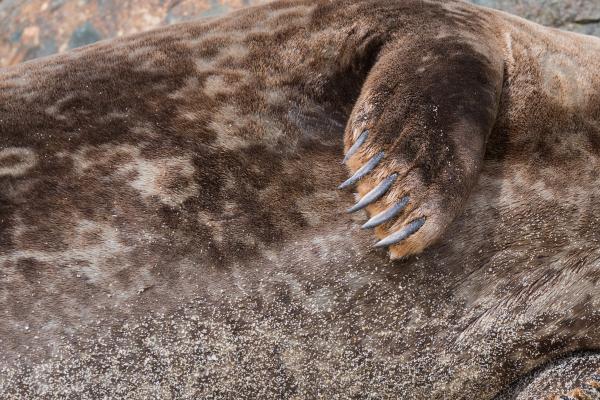
Functions of seal flippers
Although the primary function of flippers is aquatic locomotion, they serve other essential roles. In the water, their front flippers generate movements similar to the flight of birds, allowing them to swim underwater with surprising agility. Biomechanical studies have shown that some species can adjust the angle of their flippers to maneuver between rocks or chase fish in tight spaces.
Although their movement is limited on land, their flippers allow them to crawl or propel themselves on surfaces like ice. Some species, such as the gray seal (Halichoerus grypus), use a caterpillar-like motion to move, while elephant seals (Mirounga angustirostris) rely on strong muscle contractions to move on the beach.
Flippers also play a role in communication. During mating, males of some species slap the water with them to produce sounds that attract females or scare off rivals. Seals have even been observed using their flippers to create currents that stun their prey, a sophisticated hunting technique that demonstrates their intelligence and adaptability.
Since they can often be confused with each other, check our out related article to discover the difference between seals, sea lions and walruses.

If you want to read similar articles to Do Seals Have Claws on Their Flippers?, we recommend you visit our Facts about the animal kingdom category.
1. Karpovich, S. A., Horstmann, L. A., & Polasek, L. K. (2020). Validation of a novel method to create temporal records of hormone concentrations from the claws of ringed and bearded seals. Conservation physiology, 8(1), coaa073.
https://doi.org/10.1093/conphys/coaa073
- Hanke, W., Wieskotten, S., Marshall, C., & Dehnhardt, G. (2013). Hydrodynamic perception in true seals (Phocidae) and eared seals (Otariidae). Journal of Comparative Physiology A, 199, 421-440.
- King, J. E. (1969). Some aspects of the anatomy of the Ross seal, Ommatophoca rossi (Pinnipedia: Phocidae).





